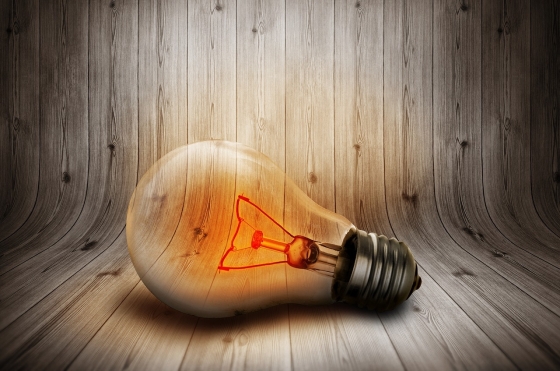BLT Direct Launch Guide To The Inner Workings
<span>Since Thomas Edison developed the light bulb in 1879, the world we live in has been catapulted into a lighting frenzy, with the development of outdoor lights, floodlights, torches and even energy s...span>

Since Thomas Edison developed the light bulb in 1879, the world we live in has been catapulted into a lighting frenzy, with the development of outdoor lights, floodlights, torches and even energy saving lightbulbs, all aimed at making life easier, but how does the traditional light bulb work? Journalist Tina Clough spoke to BLT Direct, the leading online providers of energy saving lightbulbs, low energy light bulbs and light fittings, to find out how one of the worlds most popular creations works on a technical level.
Light bulbs have a very simple structure, which is surprising considering the candle was only pushed to one side after 1879! The base of a light bulb is made up of two metal contacts which are used to connect the ends of the electrical circuit, which are in turn connected to two stiff wires.
These stiff wires are then attached to a metal filament which sites in the centre of the bulb, held together by a glass mount. The wires and filament are both then housed inside a glass bulb which in filled with an inert gas such as argon.
When the light bulb is connected to the socket and the power supply is switched on, the electric current flows from one contact to the other, through the stiff wires and through the filament. As the electrons pass through the filament, the electric current heats the atoms up and the electrons release extra energy in the form of photons, which are visible to the human eye, causing what we call ‘light\ to be produced as a bi product.
About BLT Direct: BLT Direct are an online supplier of lighting solutions. They provide a wide range of lighting products, as well as light fittings and lamp disposal services, and are committed to offering energy efficient solutions to meet a wide range of home and business lighting needs.
